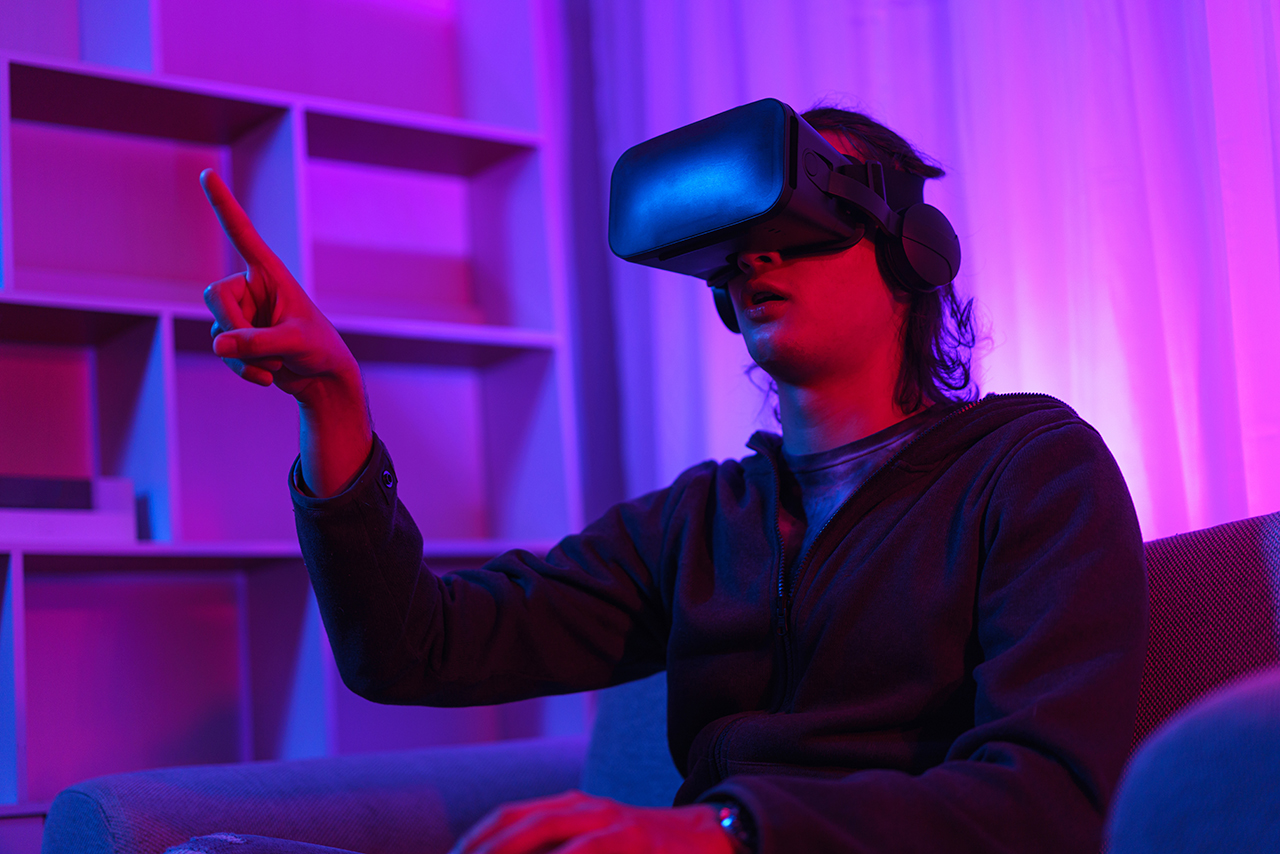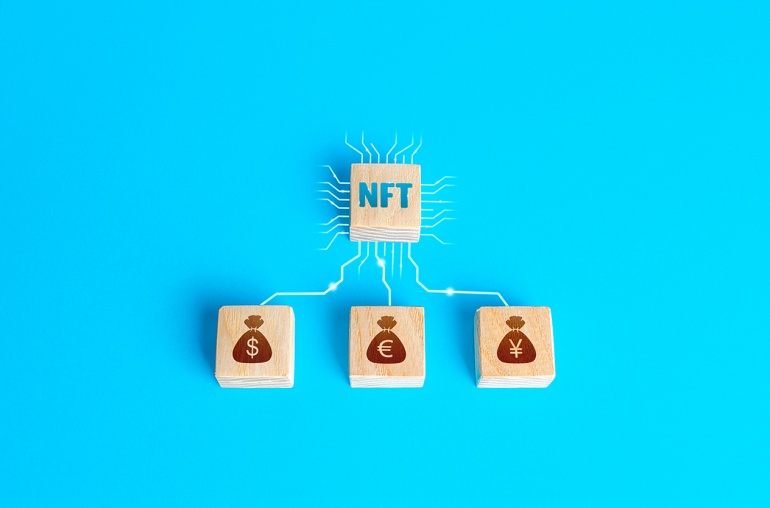The Metaverse has been a hot topic of discussion lately. The concept gained traction when Facebook rebranded as Meta on 28 October 2021. Microsoft has also been staking claims in this new-fangled world, but what exactly is the Metaverse?
The term ‘Metaverse’ was coined by an author named Neal Stephenson in his fiction novel titled Snow Crash. In the novel, Neal talked about avatars who could interact inside a 3D world or virtual reality. Since then, several developments have been made toward a real Metaverse where people will interact with each other in a virtual world. Today, we’ll discuss what we know so far about Metaverse and where we are headed.
What is the Metaverse?
Metaverse is a combination of technological advancements, such as augmented reality, virtual reality, and video in which users “live” within a digital world. Supporters of the technology envision its users working, playing, and interacting with each other through everything from seminars and concerts to virtual trips anywhere in the world.
When Will We See It?
Meta’s CEO, Mark Zuckerberg, predicts that the Metaverse’s main capabilities will take at least five years to become widespread. However, certain features of the virtual world are currently noticeable. Even if they aren’t available to everyone, VR headgear, ultra-fast internet access, and permanent always-on digital worlds are already here.
In reality, the Metaverse will exist when a person may enter a massive virtual retail mall that can accommodate as many people as the virtual space allows, buy an unique digital device, and then sell it a few weeks later in a different virtual world—or possibly on Twitter, eBay, or Amazon.
A movie, Ready Player One, is one of the best visual representations of the Metaverse. However, the movie contains some basic deviations from expert views of the soon-to-be Metaverse, such as the fact that the Metaverse developed by the fictional game business Gregarious Games has just one significant platform, the Oasis.
Another significant distinction is the movie’s usage of virtual reality (VR) devices to interact with the Metaverse, while some experts predict that VR will have less overall use than AR hardware (not emphasized in the movie).
Popular Examples of the Metaverse
Microsoft
With its Microsoft Mesh platform, the software giant has created a mixed and extended reality (XR) application that combines the real world with virtual and augmented reality. In November last year, Microsoft revealed its intentions of adding mixed-reality to Microsoft Teams, which will allow users to interact with each other using their avatars.
Explorable virtual 3D spaces for retail and offices are also in the process. The US Army is currently developing an AR Hololens 2 headgear with Microsoft that will be used to train soldiers in combat-related scenarios. Furthermore, Xbox Live links thousands of gamers all over the world.
Roblox
Roblox was introduced in 2004 and the platform allows users to create games where players can interact with each other in role-playing scenarios. The company went public last year and announced that it will be focusing on Metaverse in the future. It is currently worth more than $15 billion. The founder and CEO of the firm, David Baszucki, announced after the IPO that they were one step closer to realizing the vision of the Metaverse. Roblox is also planning to create a virtual Vans World. It will be a skate park where players will be able to put on Vans gear and try different accessories and clothing for their avatar.
Minecraft
Minecraft, a popular game created by Microsoft, is essentially the digital counterpart of Legos, in which users may design their unique character and construct anything they want. Minecraft has between 2.8 million and 3.6 million daily active players as of 2022. It exploded in popularity among children who have had to rely more on virtual connections due to the pandemic.
What Will Be the Future of the Metaverse?
While the Metaverse’s vast and rapidly rising significance cannot be understated, access is still a work in progress. It is tough to create immersive material, and current technology and software can be frustrating for early adopters and first-time users. However, entrance restrictions are projected to dissipate fast.
While virtual technologies and applications are rapidly emerging, the recent rise of Non-Fungible Tokens (NFTs) and blockchain-operated platforms, such as Decentraland, Cryptovoxels, the SandBox, and Somnium are serving as significant drivers of progress and encouraging people to take their first steps into virtual environments.
Businesses should make sense of the rapidly expanding NFT space and design a solid community-building and management plan. Universities, for example, can utilize it to bring students from all over the world together to collaborate and learn in virtual environments.
As the Metaverse alters sectors and lifestyles, business executives will have to understand how their firms should adapt and evolve.
Final Thoughts
With hundreds of millions of virtual reality items likely to be in use in the next five years, experts estimate it will not be uncommon for people to spend several hours a day in the Metaverse, communicating, working, learning, shopping, capturing data, and more. People are also projected to have many avatars, or virtual personas, potentially resulting in billions of digital personas within a decade. However, advancements in technology come with certain risks. There are going to be concerns regarding privacy and identity security as usage grows.
To ensure adequate security and privacy protection, regulators and governments will need to engage in large-scale implementation and testing of this technology. Appropriate Metaverse data management will need to consider the distinctions between typical corporate or public data and sensitive personal data.


